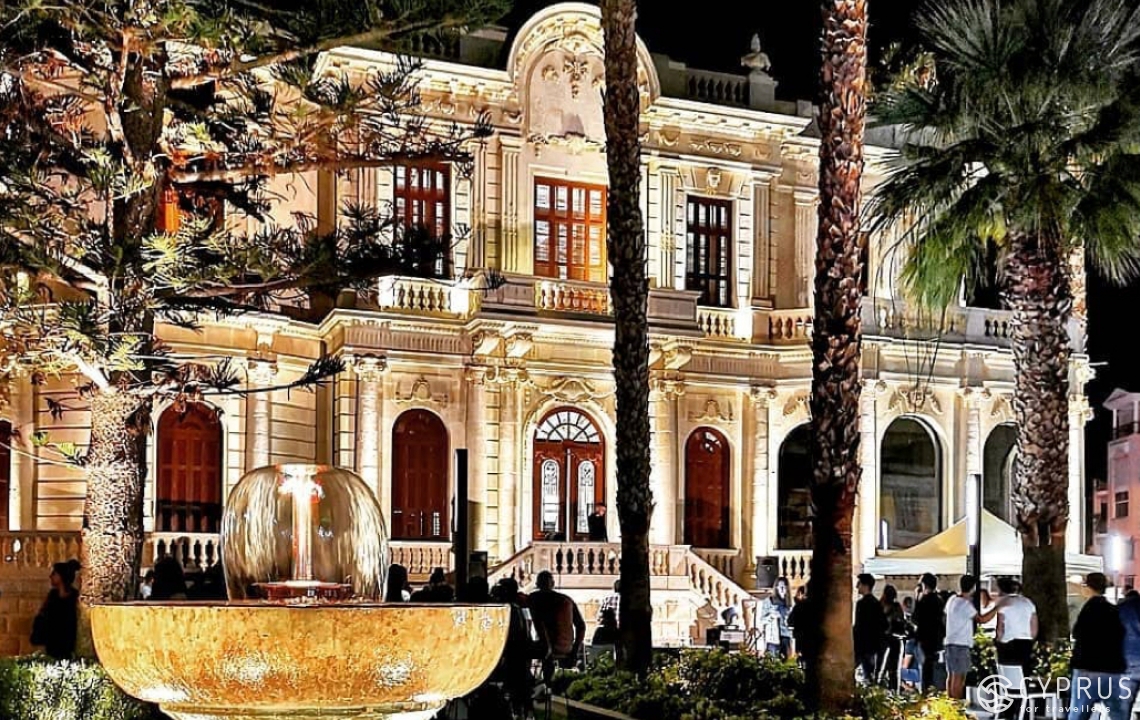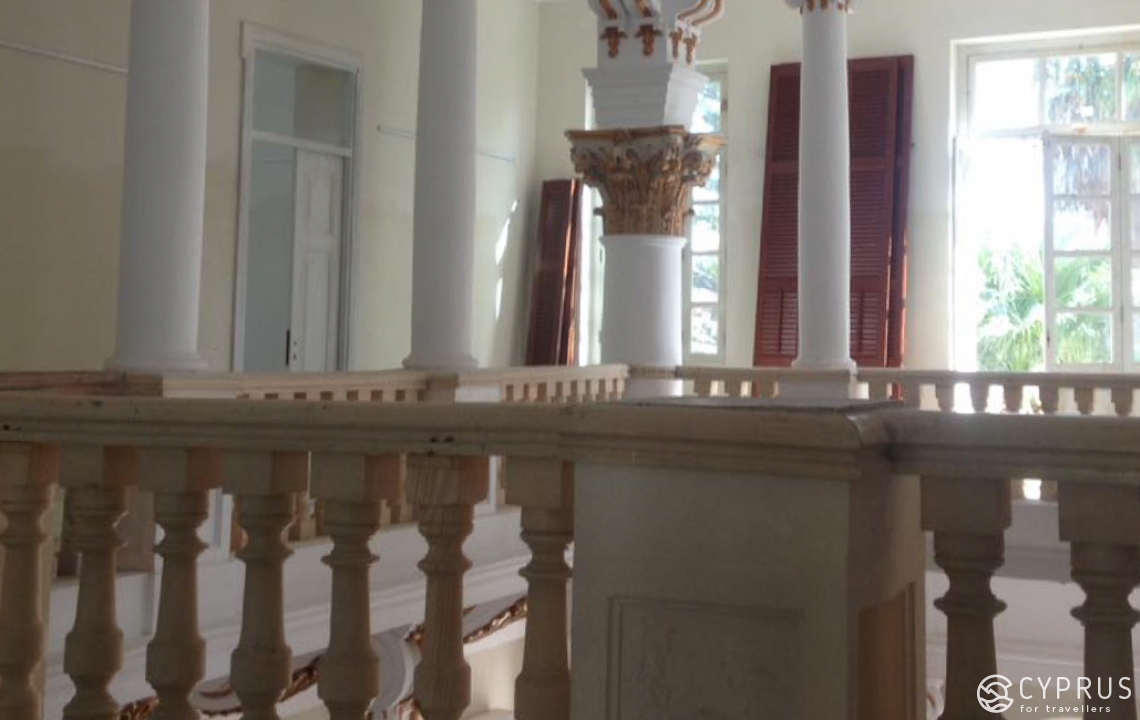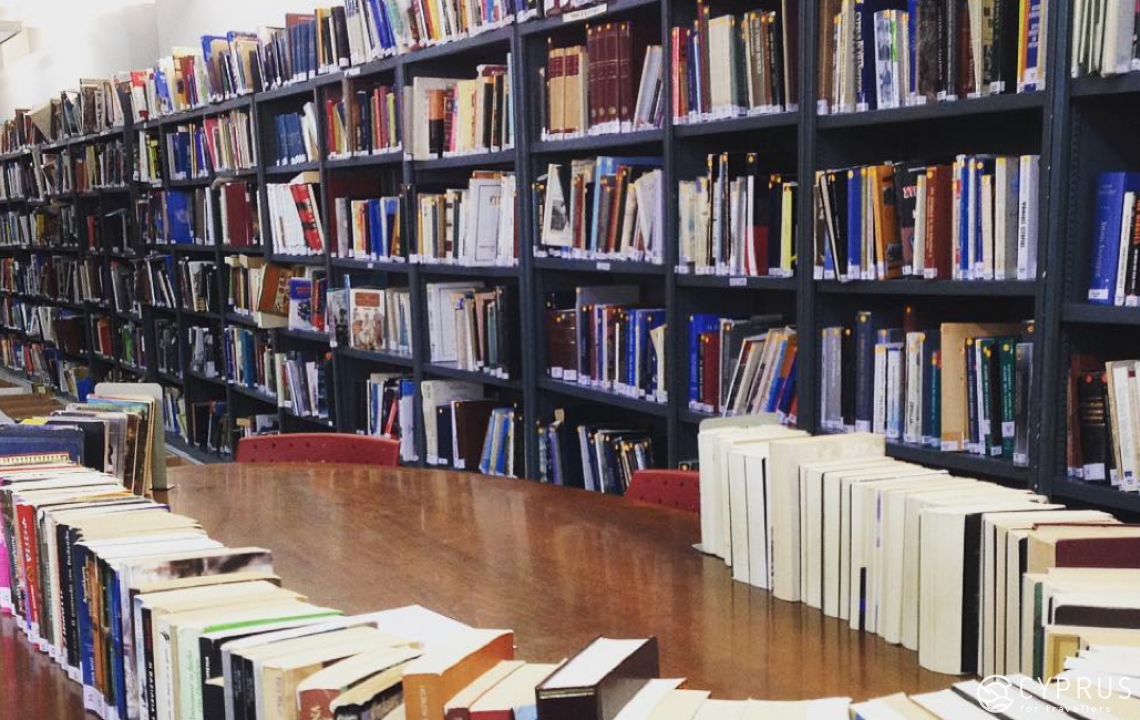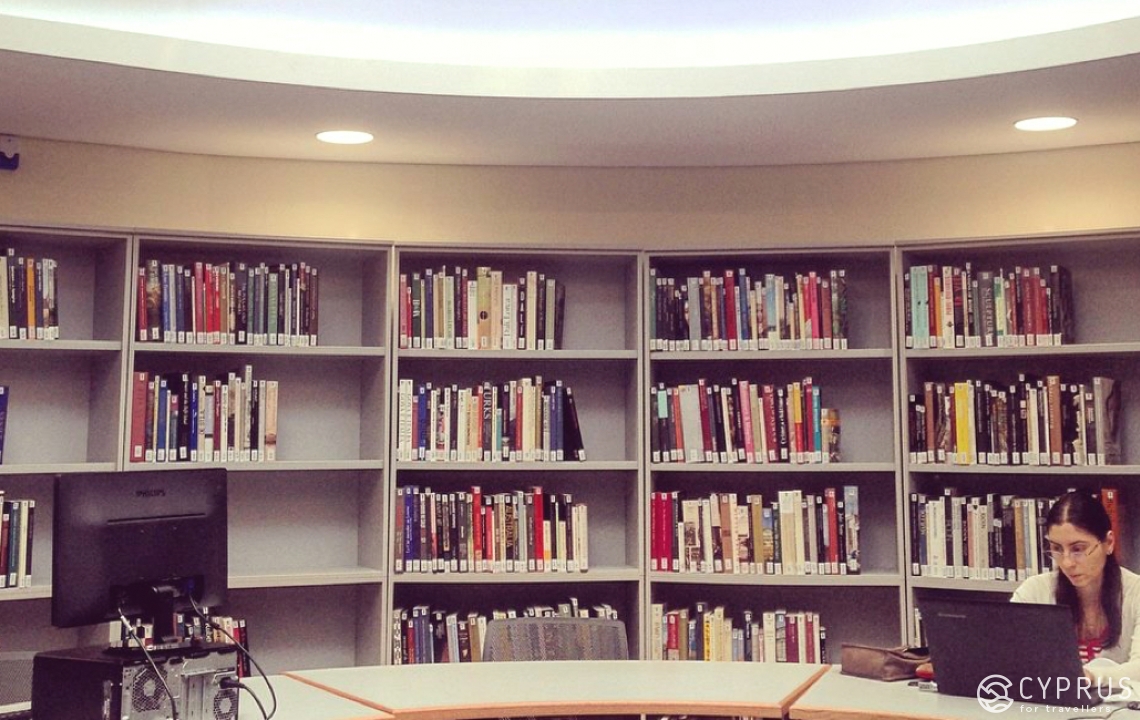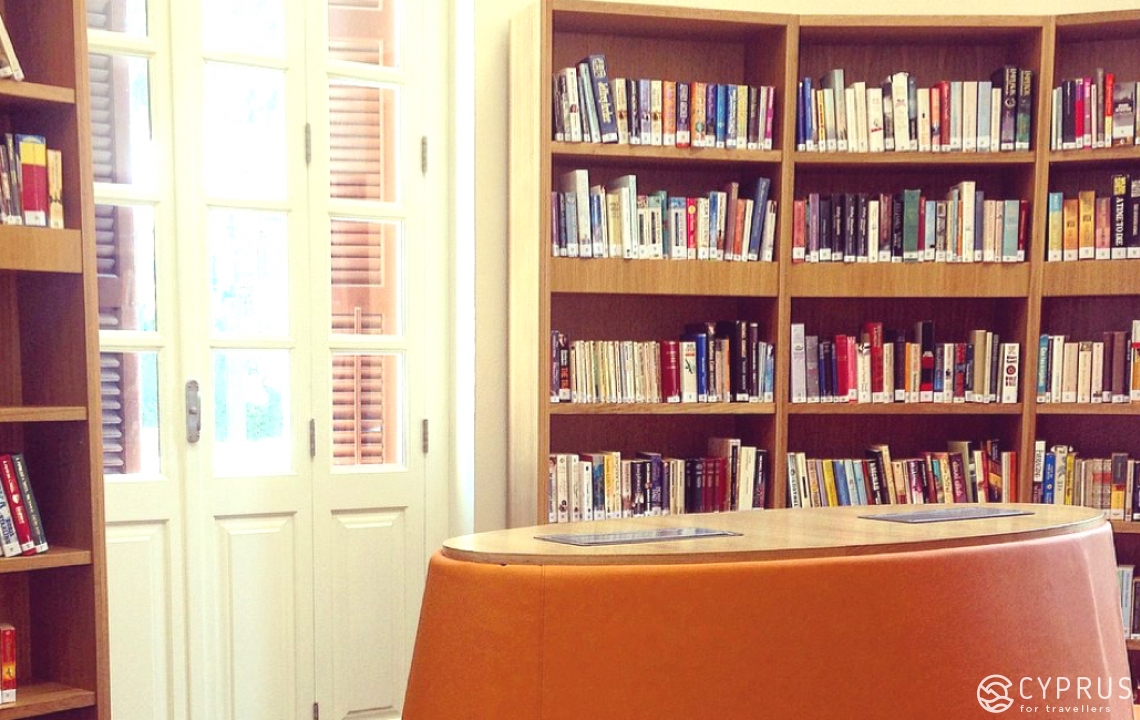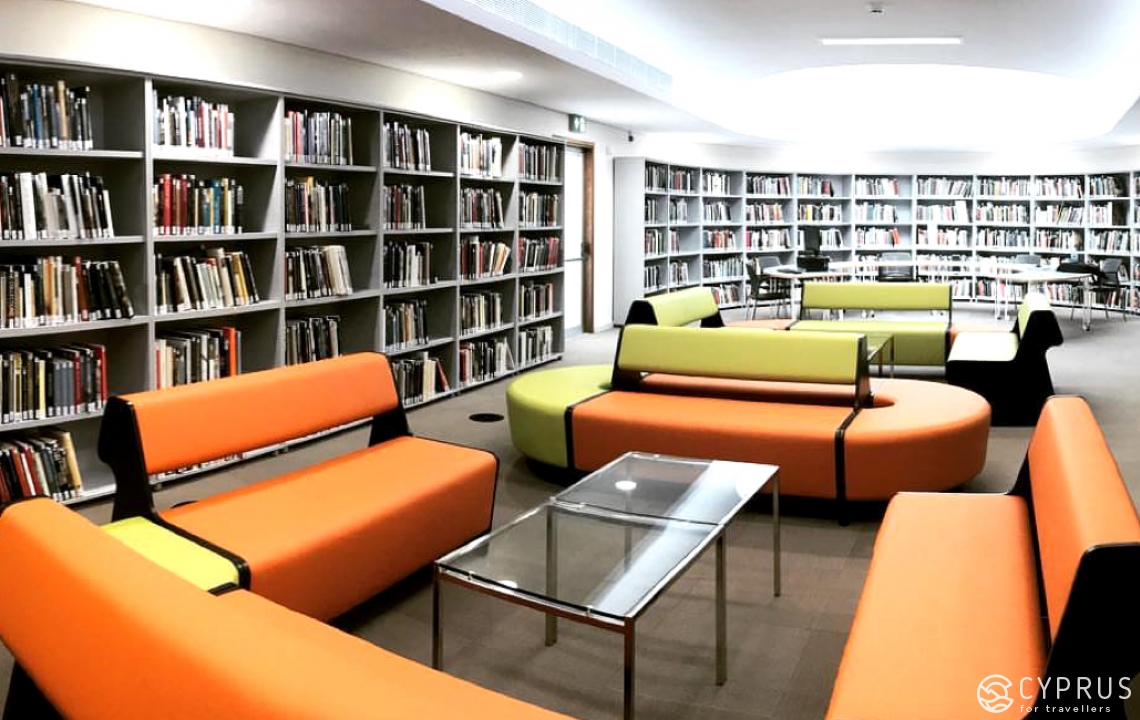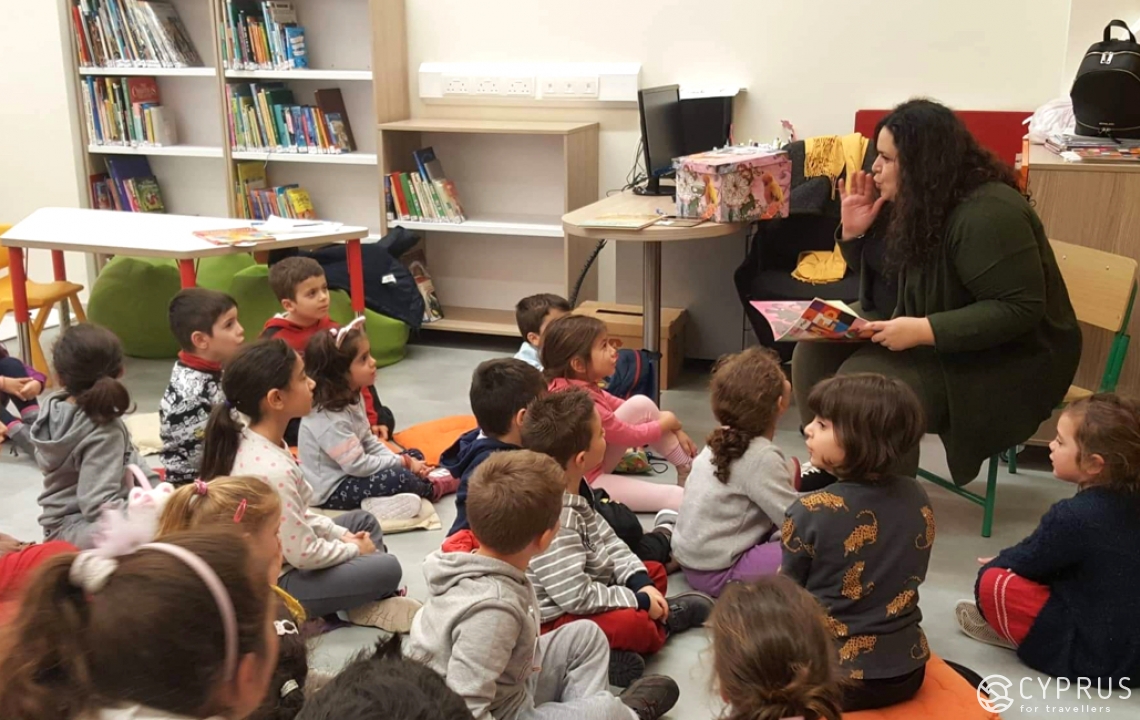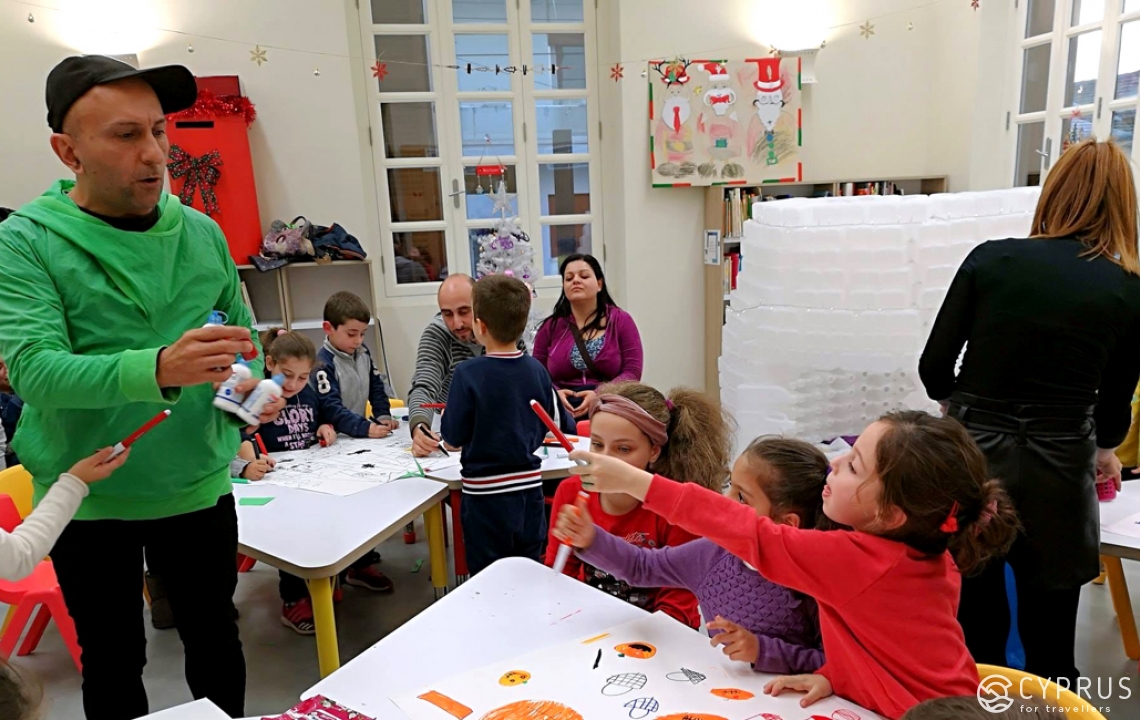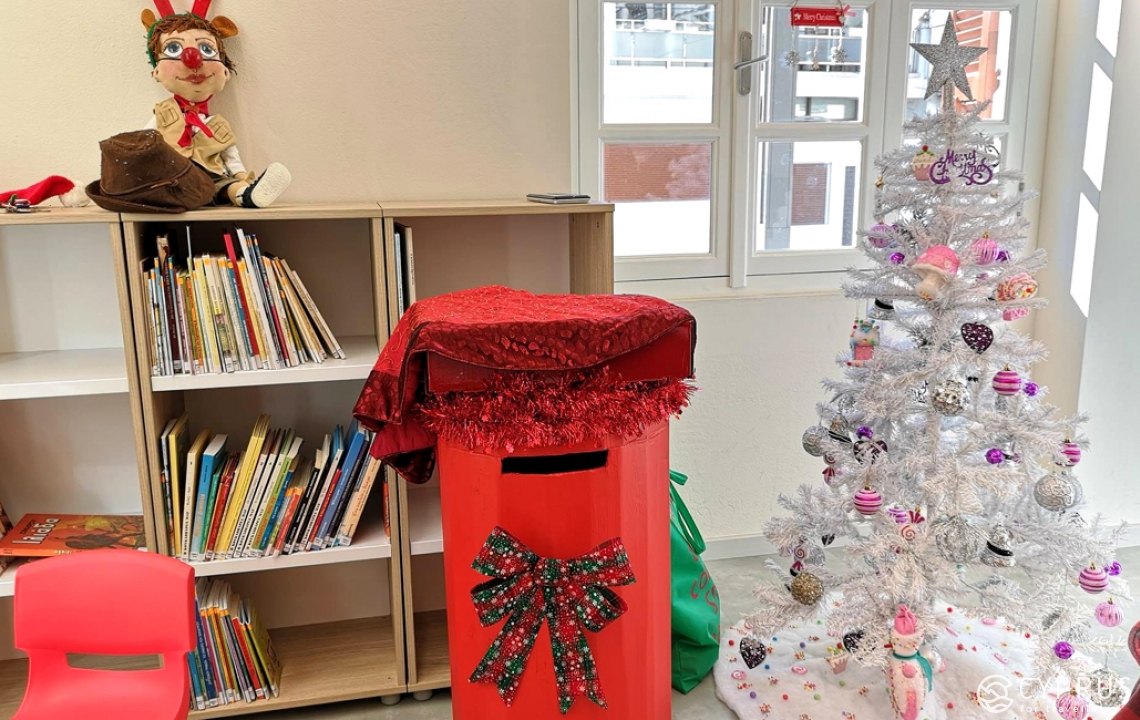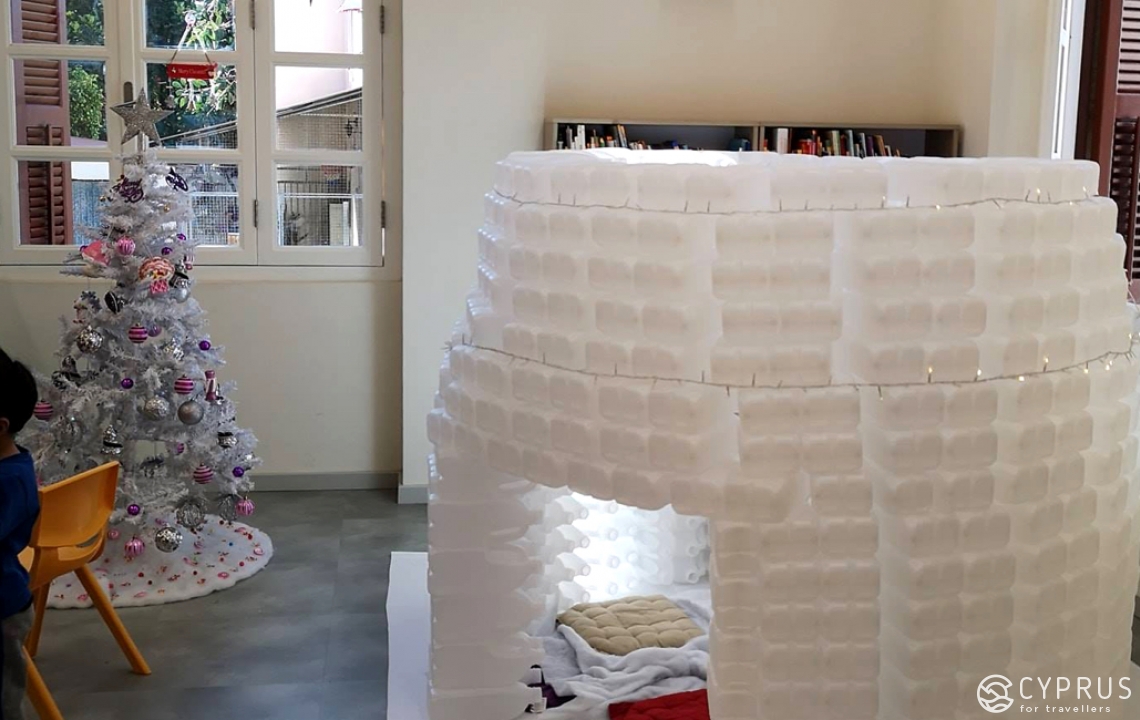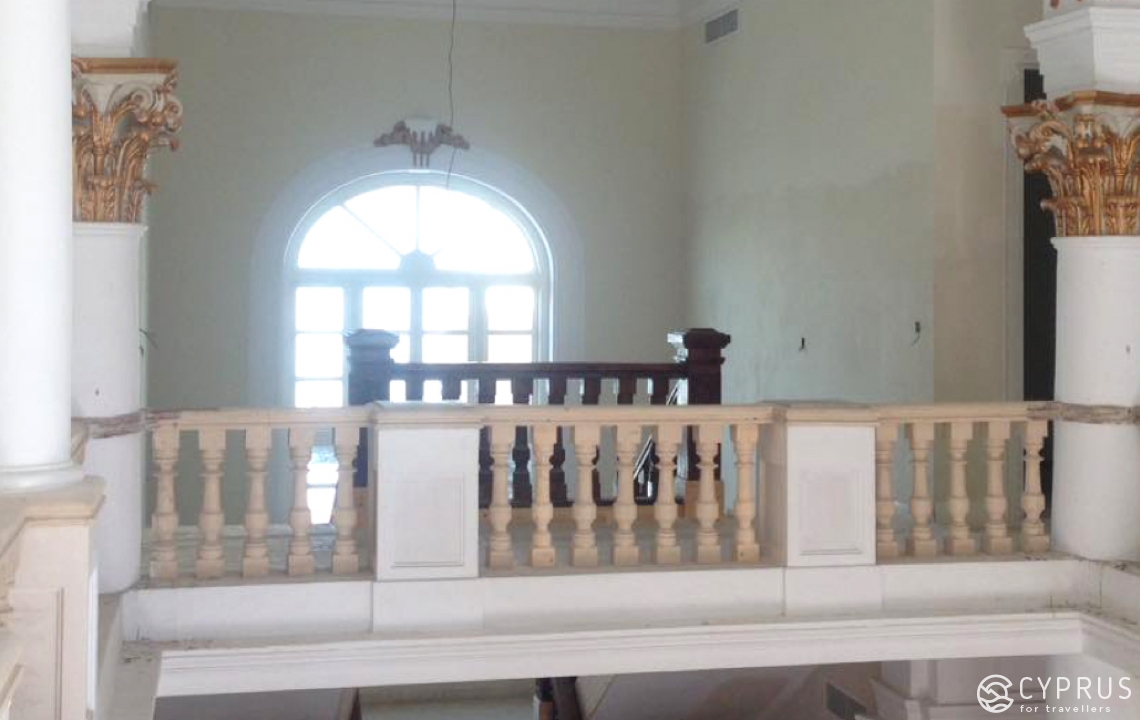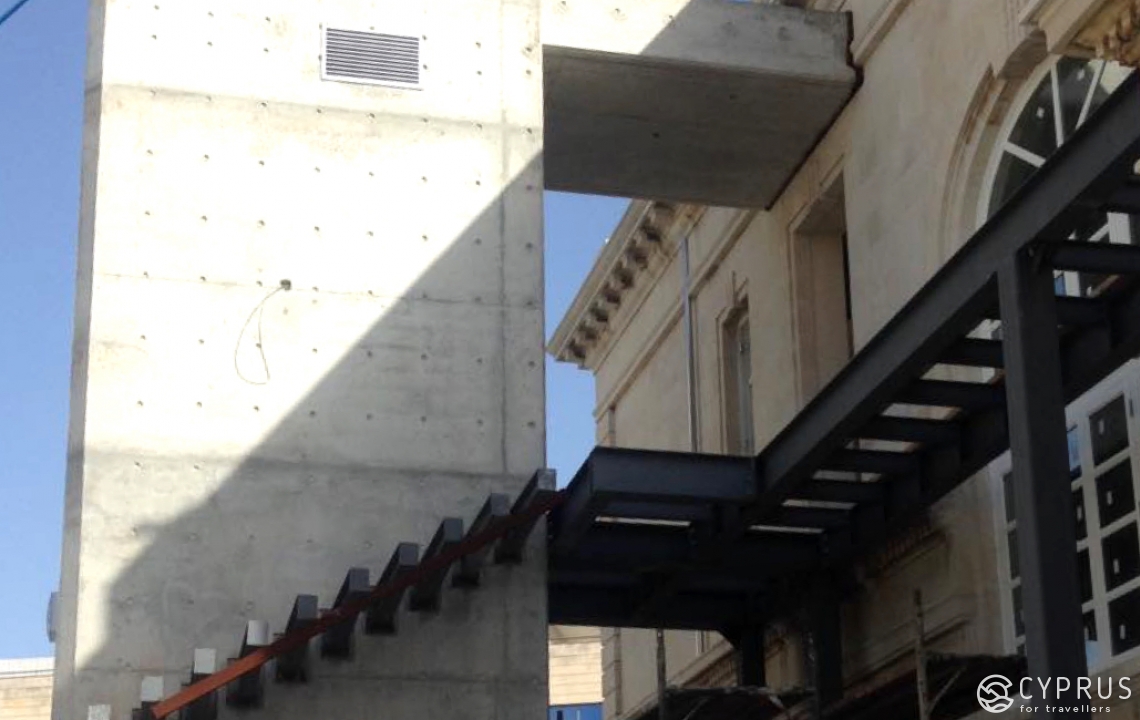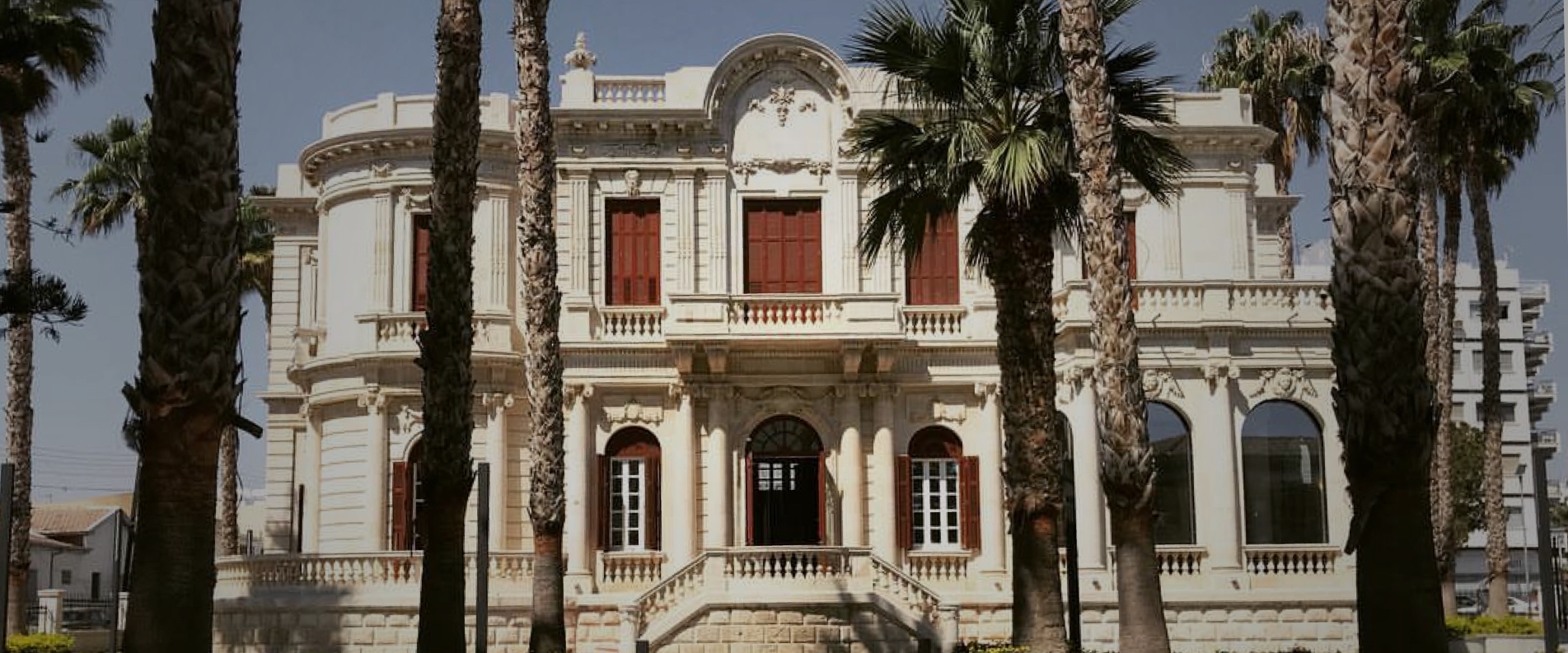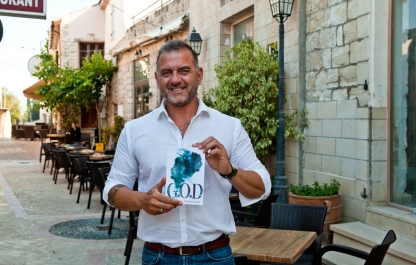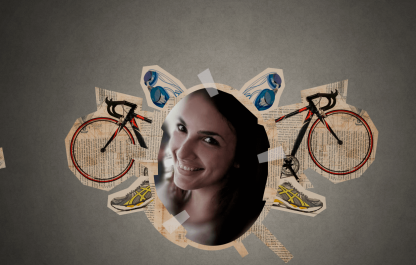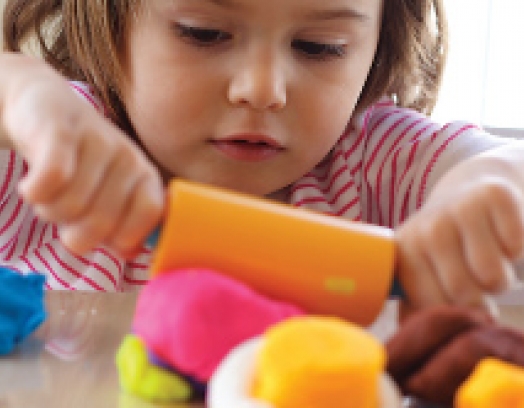Limassol Municipal Library has returned to the renovated beautiful mansion on Agiou Andreou street after seven years of reconstruction and is now open to the public.
There are several reasons to visit the place. First the books. There are around 60.000 of them collected during 70 years with participation of residents and local notable families. Prominent figures had donated rare editions to make them available to the public. The other point of interest is the building itself. It is an architectural and historical landmark which tells the story of the city through an episode from a local celebrity’s life.
A local entrepreneur, the son of a major businessman and founder of the first shipping company in Cyprus, Antonis Pilavakis conceived the idea of construction of his little palace in 1919. He wanted his new home to resemble a casino in Monaco, where he loved to spend holidays. So he hired one of the heroes of La Belle Époque the famous architect Edouard Niermans who designed and renovated many hotels, theaters and cafes from Paris to Riviera (the famous Folies Bergère and Moulin Rouge cabarets are among others). Greek architect and a friend of Pilavakis’ Zacharias Vondas, who is also responsible for the Limassol Municipal market’s building, helped to adapt the project to local architectural standards. However, this house which took 15 years to build could not have the slightest chance of being blended in the streets of Limassol. Elegant columns, arched windows and doors, rich stucco moulding, incredible technologies and constructive innovations brought to life by the best craftsmen of Cyprus and Greece made the new city mansion a feast for the eye.
The Limassol Public Library was established in 1944 and was originally located in the City Hall. At the same time a Library Committee was created with the aim to encourage the broader public to develop an interest in arts. There were different sorts of events initiated by the Committee including exhibitions and creative contests. In the late 1960s when the Pilavakis mansion was sold the city authorities moved the Library collection into it. For the building it turned out to be quite a fair twist of fate. Its owner himself was fond of arts and even made a film about the life of his beloved city. Over the years technical issues of the aging house were discovered which led to a large-scale reconstruction lasted for 7 years. In the Autumn of 2018 the Pilavakis mansion opened its doors to the general public again. So now residents and guests of Limassol have a great opportunity to rediscover the history of the island and its prominent personalities, enjoy exquisite architecture, spend time with the books or even attend a film screening, a lecture or a concert.
It is to be expected that a particular attention is paid to the history and cultural development of Cyprus here. The ground floor stores the collection of literary works, ethnographic and historical books dedicated to the island. The library also boasts a good filing of local and other pro-Cypriot newspapers dating back to the end of the 19th century. There is also a special room for the youngest guests with low bookcases, bright little chairs, beanbags and displays for kids’ artwork. Children come here not only to get acquainted with the fascinating world of books and knowledge but also to participate in educational events and craft sessions designed to organically involve them into the world of art. The children's room offers many brightly illustrated lift-the-flap books for the littlest, encyclopaedia types and fiction for older kids in Greek and English. The smaller scale of furniture and open access to publications make the space feel friendly to a child minimizing the institutional seriousness of the place. Another interesting quality is driving kids’ attention to important issues in a playful form. For example there is an igloo made of plastic milk canisters as bricks in the play corner of the room which can be a nice way to bring up a talk about recycling and second life of unwanted things.
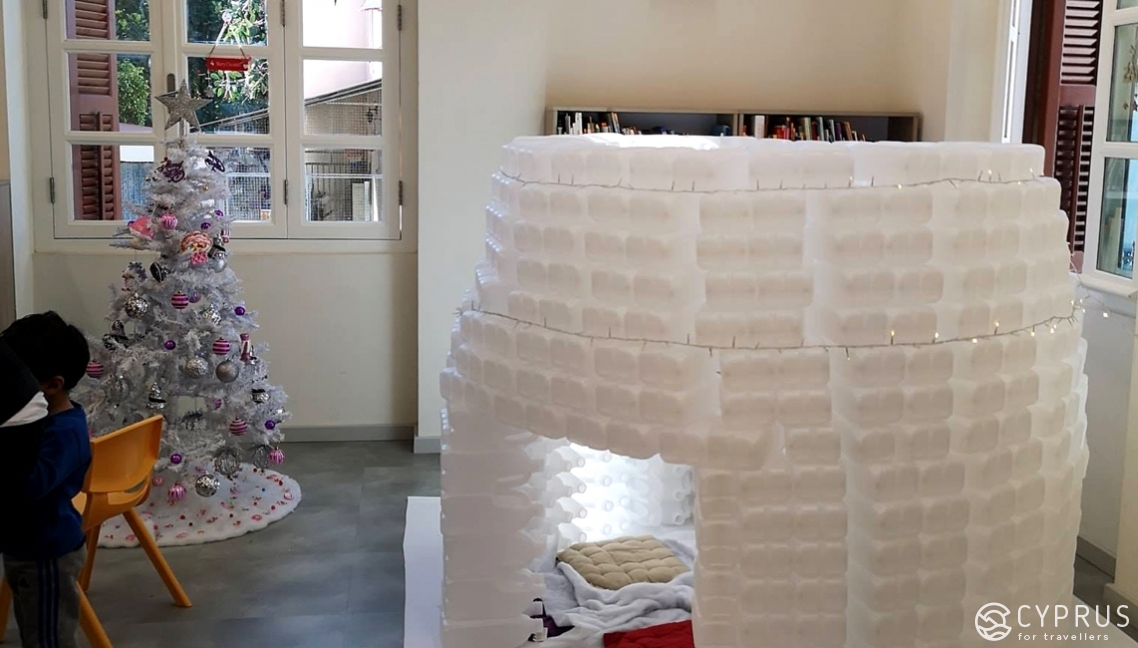
The basement houses the fine arts book collection of the Cyprus University of Technology, including works on art history and philosophy as well. Publications’ languages are English, French, Spanish, German and Greek. The cozy hall is equipped with desks and one can often see students working on their thesises behind them. There is also a comfortable area with sofas and low glass tables where it’s nice to spend an hour or two flipping through luxurious editions about art collections from all over the world, study the drawings of Michelangelo and Rembrandt, or immerse in the work of Mark Rothko or Damien Hirst. Not a bad way to wait out a particularly hot afternoon or spend a rainy evening in the city, is it? Anyone can access the collection on the spot and registration is only required to borrow books.
The top floor almost makes you feel like a guest of Pilavakis’ palace. There are photos illustrating the history of the house оn the walls of the gallery around the atrium. You can also have a closer look at the columns’ corinthian capitals and stucco ceilings from here. A small terrace overlooks the tiled roofs of the old town and the domes of churches. The top floor facilities include a computer room, private study chambers and a meeting hall used for lectures, film screenings and other gatherings. Just like in the good old days of the Library Committee there are cultural and educational events being held on regular basis as well as seasonal activities such as Christmas carol singing and student parties.
Architecture lovers should spend some time in the mansion’s garden, go round the house and enjoy the numerous details of the facade. There are many benches in the shade of palm trees and even the place’s own fountain. By the way, the building got a modern brutal element after reconstruction. Making the Library accessible for everyone including disabled people could only be possible by equipping it with an elevator but there was no place for it inside. So a little lift tower made of glass and concrete arose next to the rare entrance accompanied by a large curl of a ramp. The new additions surprisingly and wonderfully fit into the ensemble demonstrating a symbiosis of history and up-to-date functionality — just like the renewed Library itself!
